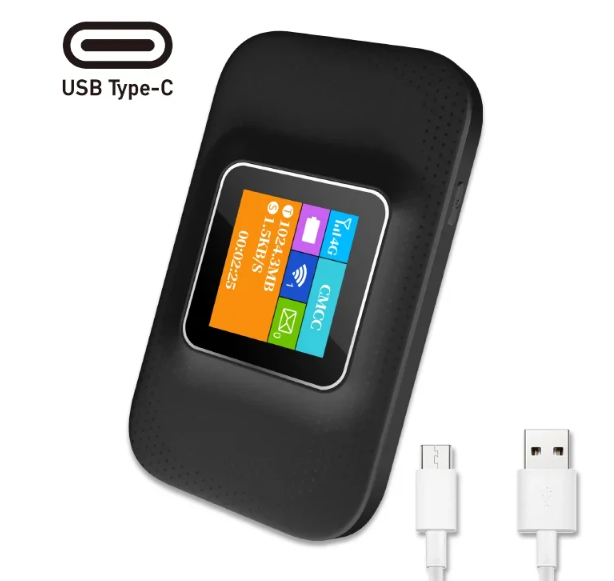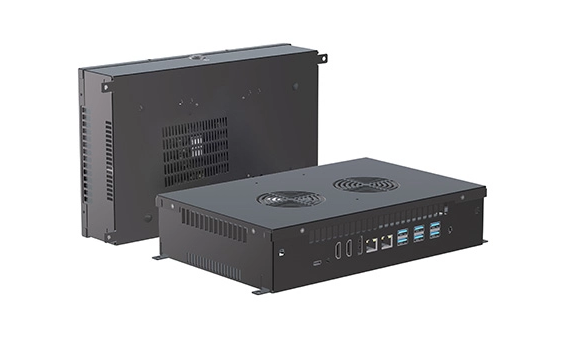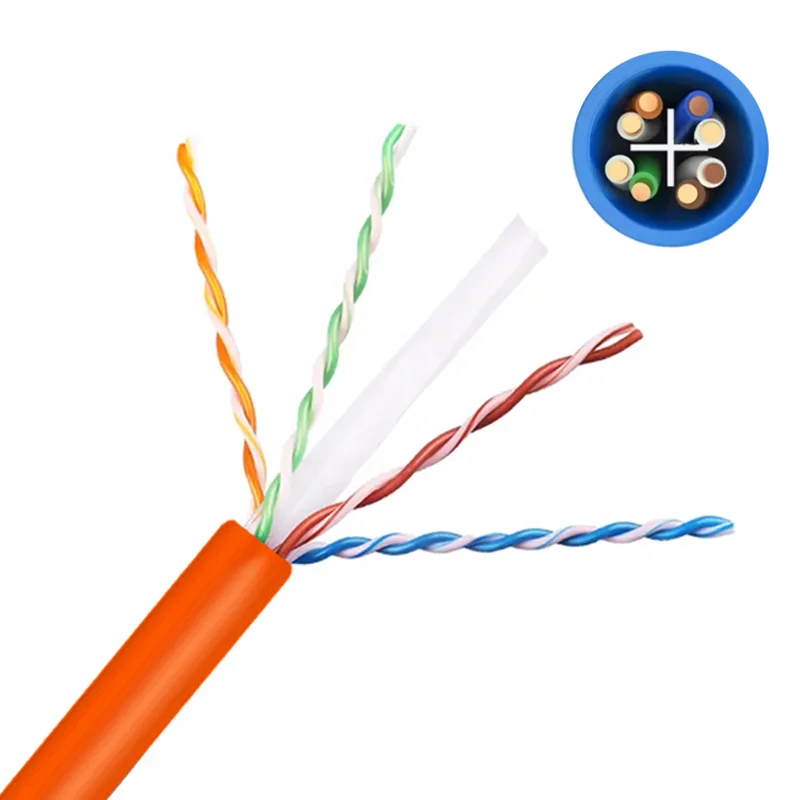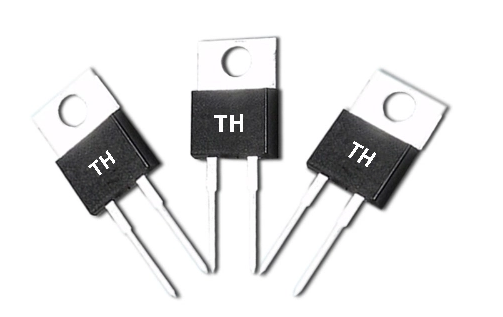The Art of Soldering: Choosing the Right Solder for Electronics
In the world of electronics, soldering is an essential skill that bridges the gap between components and functionality. Whether you are a hobbyist assembling a DIY project or a professional engineer designing complex circuits, understanding the nuances of solder is crucial. This article delves into the various types of solder available, their compositions, and the best practices for selecting the proper solder for your electronic applications.
Understanding Solder: The Basics
Solder is a fusible metal alloy used to join together electronic components. When heated, solder melts and flows into the joint, creating a strong electrical and mechanical connection upon cooling. The choice of solder can significantly impact the reliability and performance of electronic devices, making it imperative to select the right type for your specific needs.
Types of Solder
- Lead-Based Solder: Traditionally, lead-based solder (typically a mixture of tin and lead, such as 60/40 or 63/37) has been the go-to choice for many electronics applications. Its low melting point (around 183°C for 60/40) allows for easy handling and quick soldering. However, due to health and environmental concerns, the use of lead-based solder has been restricted in many regions, particularly in consumer electronics.
- Lead-Free Solder: In response to regulations like the RoHS (Restriction of Hazardous Substances) directive, lead-free solder has gained popularity. Common compositions include SAC (tin-silver-copper) alloys, such as SAC305 (96.5% tin, 3% silver, and 0.5% copper). Lead-free solder typically has a higher melting point (around 217°C), which can pose challenges in soldering techniques but offers better reliability and environmental safety.
- Silver Solder: Silver solder, often used in jewelry and plumbing, is also applicable in electronics for high-temperature applications. It provides excellent conductivity and strength but is generally more expensive than standard solders. Silver solder is ideal for specialized applications where performance is paramount.
- Flux-Cored Solder: This type of solder contains a core of flux, which helps to clean the surfaces being soldered and improves the flow of solder. Flux-cored solder is particularly useful in situations where oxidation may hinder the soldering process. It is available in both lead-based and lead-free varieties.
Factors to Consider When Choosing Solder
- Application Requirements: The first step in selecting the proper solder is to assess the specific requirements of your project. Consider factors such as operating temperature, mechanical stress, and environmental conditions. For instance, if your device will be exposed to high temperatures, a lead-free solder with a higher melting point may be more suitable.
- Compatibility with Components: Ensure that the solder you choose is compatible with the materials of the components you are working with. Some components may be sensitive to heat, and using a solder with a high melting point could damage them.
- Health and Safety Regulations: Be aware of the regulations governing the use of lead in electronics. If you are working in a region with strict environmental laws, opting for lead-free solder is not only a legal requirement but also a responsible choice.
- Soldering Technique: Different solder types may require different techniques. For example, lead-free solder often requires a higher temperature and may necessitate the use of a more powerful soldering iron. Familiarize yourself with the requirements of the solder you choose to ensure optimal results.
Best Practices for Soldering
- Preparation: Clean the surfaces to be soldered to remove any oxidation or contaminants. This ensures a strong bond and improves the flow of solder.
- Temperature Control: Use a soldering iron with adjustable temperature settings. This allows you to fine-tune the heat according to the solder type and components being used.
- Proper Technique: Apply solder to the joint, not the soldering iron. This ensures that the solder flows into the joint properly and creates a solid connection.
- Inspection: After soldering, inspect the joint for any defects, such as cold solder joints or insufficient solder. A good solder joint should have a shiny appearance and a smooth surface.
Conclusion
Choosing the proper solder for electronics is not merely a matter of preference; it is a critical decision that can affect the performance and longevity of your electronic devices. By understanding the different types of solder, considering application requirements, and adhering to best practices, you can ensure that your soldering projects are successful and reliable. As technology continues to evolve, staying informed about soldering materials and techniques will empower you to tackle even the most complex electronic challenges with confidence.






